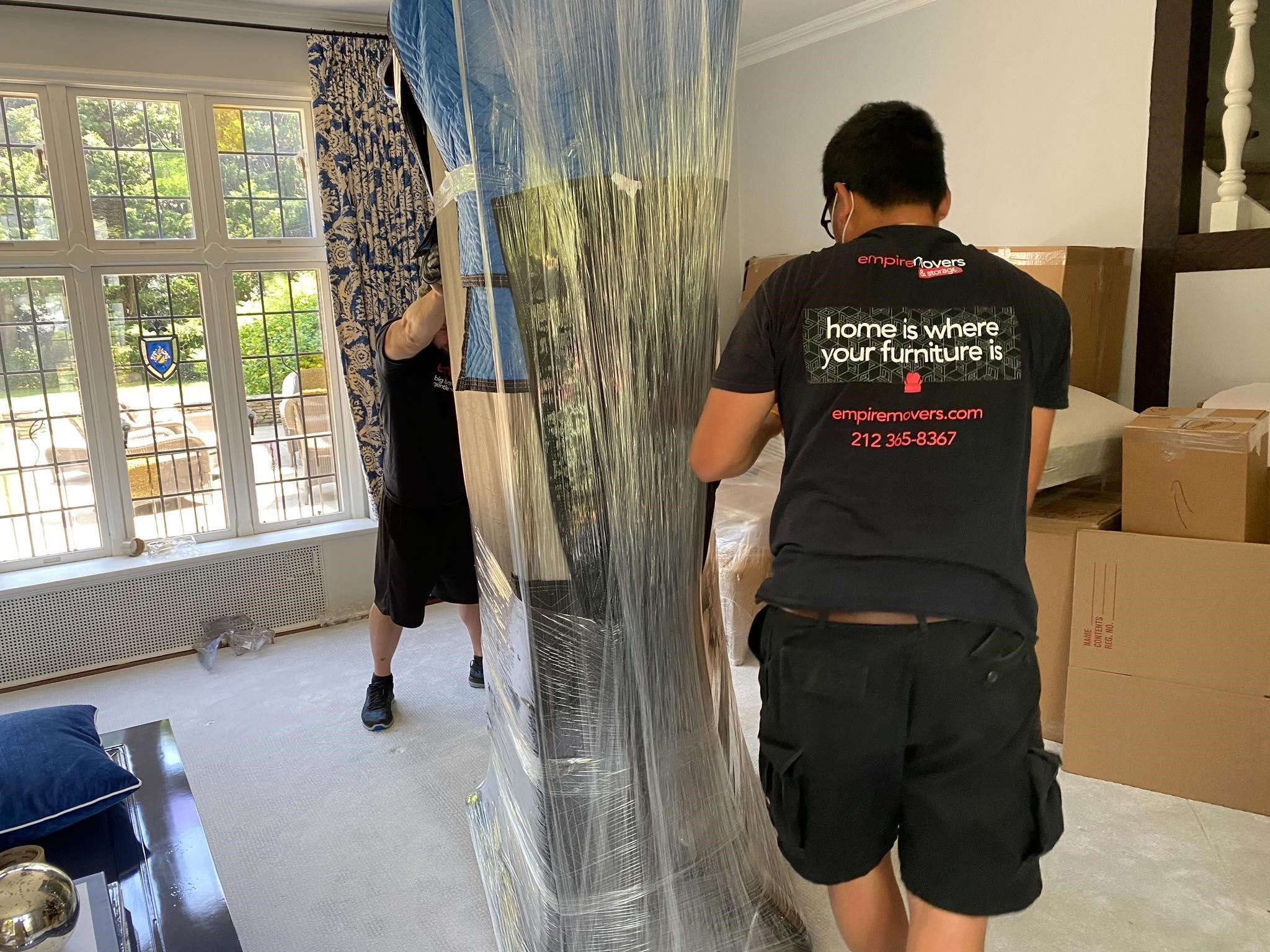Electronic Packing for Safe Moving
Most individuals despise the labor that goes into packing for a move; let’s face it, it’s a chore. Some things, such as electronics, require that you take the time to perform a decent job. Because audio, video, and computer equipment is readily destroyed and expensive to replace, it’s well worth your time to upgrade unless you’re looking for an excuse.
1. The Fundamentals
Following these four rules will assist you with practically all of your electronics.
- Electronics, particularly those with microchips, are susceptible to static electricity. To avoid damaging your gadgets, use antistatic bubble wrap/bubbles or popcorn. If you don’t have any of these, you can ask your movers for them, or you can acquire them online or at electronics stores. If you still have the manufacturer’s or user’s manual for your equipment, consult it for thorough instructions on transporting it. Alternatively, look for user instructions on the manufacturer’s website.
- If your electronic products have a complex wiring setup, it’s a good idea to mark cables and make a diagram as you disassemble the item, making it significantly easier to reassemble in your new house.
- Place a clear label that says “fragile” on any boxes containing electronics.
2. Packing Your Flat-Screen Television
When you’re moving, the simplest way to pack your flat screen TV is to re-pack it inside the box it came in. Yet, not everyone has the space to keep the original boxes. Another alternative is to purchase specialized crates built exclusively for moving electronics. The third and simplest approach is to arrange your television as follows:
- Wrap a microfiber towel or blanket around your television and secure it with tape. This protects your television and keeps the screen from getting scratched (watch out – some other fabrics that seem soft can scratch).
- Wrap and seal many layers of antistatic bubble wrap around the package to ensure adequate protection. A box or thick pieces of cardboard will keep it together during the removal process.
- Although flat-screen televisions are not heavy, they can be cumbersome. While transferring the television, it should be carried by two people to avoid dropping it, and then placed in a secure spot within the vehicle. Place it ideally on top of anything that will absorb shocks from traveling on bumpy roads, such as a large, cushioned moving blanket.
- All flat-screen televisions must remain upright. Laying it flat puts the screen at more risk. You must also ensure that it cannot tip over. If you’re transporting the TV in your car, use a seat belt to keep the package secure.
3. Sound System Packaging
Whether your sound system is a massive and intricate surround sound system or a small one-unit piece of equipment, the methods are the same.
As with any other fragile device, the ideal case is to repack your sound system in its original packing or within specialist electronics boxes, which can be very costly to purchase. If you use either of these packaging methods, make sure the sound system is tightly wrapped in layers of antistatic bubble wrap. Here’s how to safely transport your sound system:
1. Disconnect all wires from outlets and neatly coil them, securing them with string, rubber bands, or zip ties. Tape them to the unit so they don’t come free during transit.
2. Secure the sound system with tape after wrapping it in many layers of antistatic bubble wrap.
3. Place the unit in the designated box, then wrap it in a newsprint or normal bubble wrap to give extra cushioning throughout the move.
4. Seal the box cover tightly with tape. Label this box properly so that everyone engaged in your home move is aware of the fragile contents.
4. How to Pack Your Computer
Check the user guide that came with the computer to see if there are any particular packing recommendations.
Before packing, remove ink cartridges from printers. It is customary to remove all CDs, DVDs, and other storage media from computers prior to packing (although some user instructions state that CDs should remain in PCs’ “A” drive to safeguard the drive from harm).
To ensure that your computer is safely kept and transferred to your new house, use the following packaging method:
- If you don’t have your unit’s original box, use a double-walled box for extra protection while packing.
- Mark each wire and associated port on the computer with labels or tags so you can easily attach it when you arrive in your new home. Providing graphic or written instructions outlining how you disconnected the computer may also be beneficial.
- Secure all loose cables using zip ties or rubber bands and store them in a bag that can be attached to the computer so no parts go missing.
- Separately cover the various elements of the computer with antistatic bubble wrap.
- Cover the bottom of your box with a thick layer of bubble wrap or popcorn and set the computer parts inside, heaviest at the bottom, carefully filling all spaces with packaging to protect the parts.
- Seal the box and label it to ensure it is handled with care during removal.
- Carefully packing your electronic equipment and marking boxes should help ensure that your items arrive safely at your new house. Inform expert movers about your sensitive items so they can take extra precautions. If you followed the directions correctly, you should be able to quickly connect everything in your new house and begin enjoying it.
- Does all of this seem like too much trouble? Perhaps you’re ready to hire expert movers who will handle your electronics with care.

